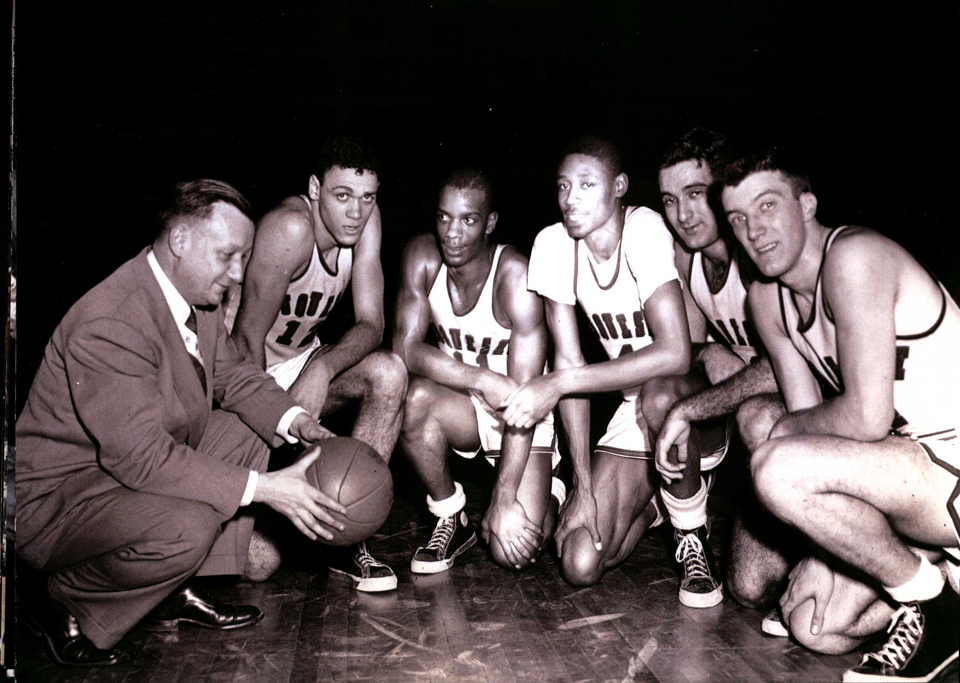
By Duke Staff
With automobiles killing a cyclist in Oakland and two pedestrians in the Hill District this past week, there is a growing need for drivers, pedestrians and cyclists to assume greater responsibility on the dangerous roads of Pittsburgh.
For bicyclists, first and foremost, riding on city streets can be difficult. On streets without designated bike lanes, signs call for drivers and cyclists to “share the road,” but often there is an abysmal effort to do so.
Too often, you’ll see an automobile speed up to pass a bicyclist, swerving into oncoming traffic to make the move. Just as often, you’ll see a cyclist stop at a red light, look both ways and continue through.
For pedestrians, walking downtown can be just as unnerving. The Motor Vehicle Safety Department of the Centers for Disease Control and Prevention recommend that pedestrians always cross the streets at designated crosswalks and intersections, and that drivers always yield to pedestrians walking in those areas.
But sometimes that simply doesn’t happen, even on Duquesne’s campus. Students crossing Chatham Square toward the Power Center often times have to dodge automobiles making the left turn from Forbes. And there’s a good chance those same students have darted across Forbes outside of the crosswalk once or twice – equally as dangerous.
To really improve street safety, drivers need to be more courteous to cyclists and pedestrians, and cyclists and pedestrians need to better follow the rules of the road.
Practicing those safety tips can only go so far, though. There is much pressure on city governments, neighborhood officials and even colleges to create safe conditions for travel.
This is something the administration of Pittsburgh Mayor Bill Peduto has done wonderfully in the past few years, especially with bikes. Under Peduto, the city has become one of the most bike-friendly in the nation and has installed several protected bike lanes, including one on Penn Avenue.
But there are still several dangerous areas for cyclists – and pedestrians – in Pittsburgh. One of them is on campus.
The intersection outside of the Armstrong Tunnel along Forbes is potentially hazardous for pedestrians. With no electronic crossing sign, students have to take their lives into their own hands when walking the long crosswalk, as drivers routinely speed out of the tunnel. The city needs to install an electronic crossing sign and place signage in the tunnel that tells drivers to be cautious turning the bend.
With continued efforts by the city and by drivers, cyclists and pedestrians alike, we can create a culture of road safety that will save lives.



